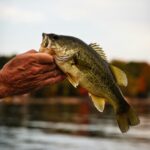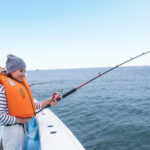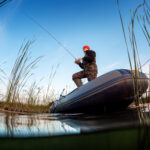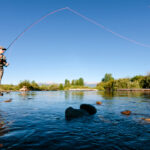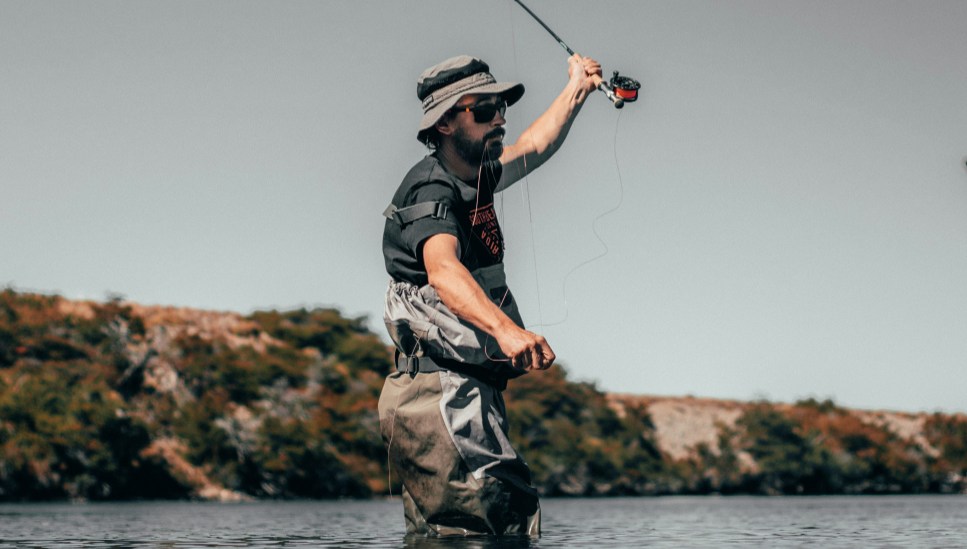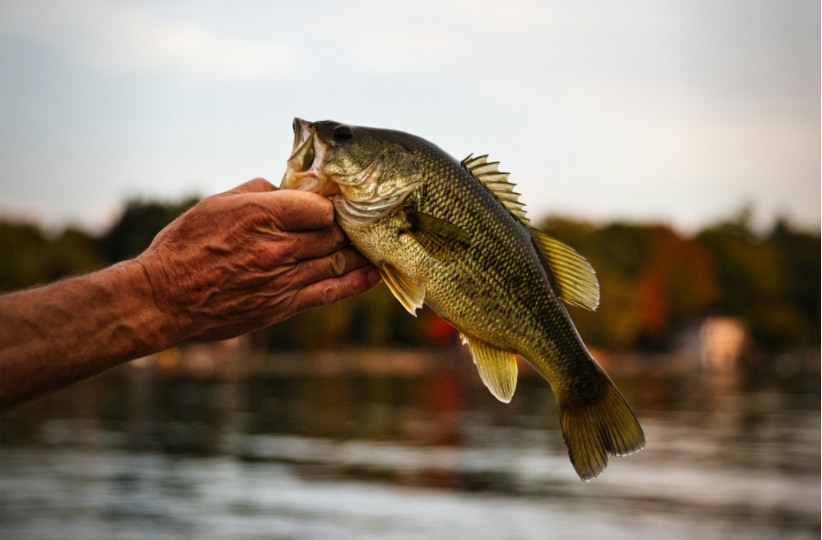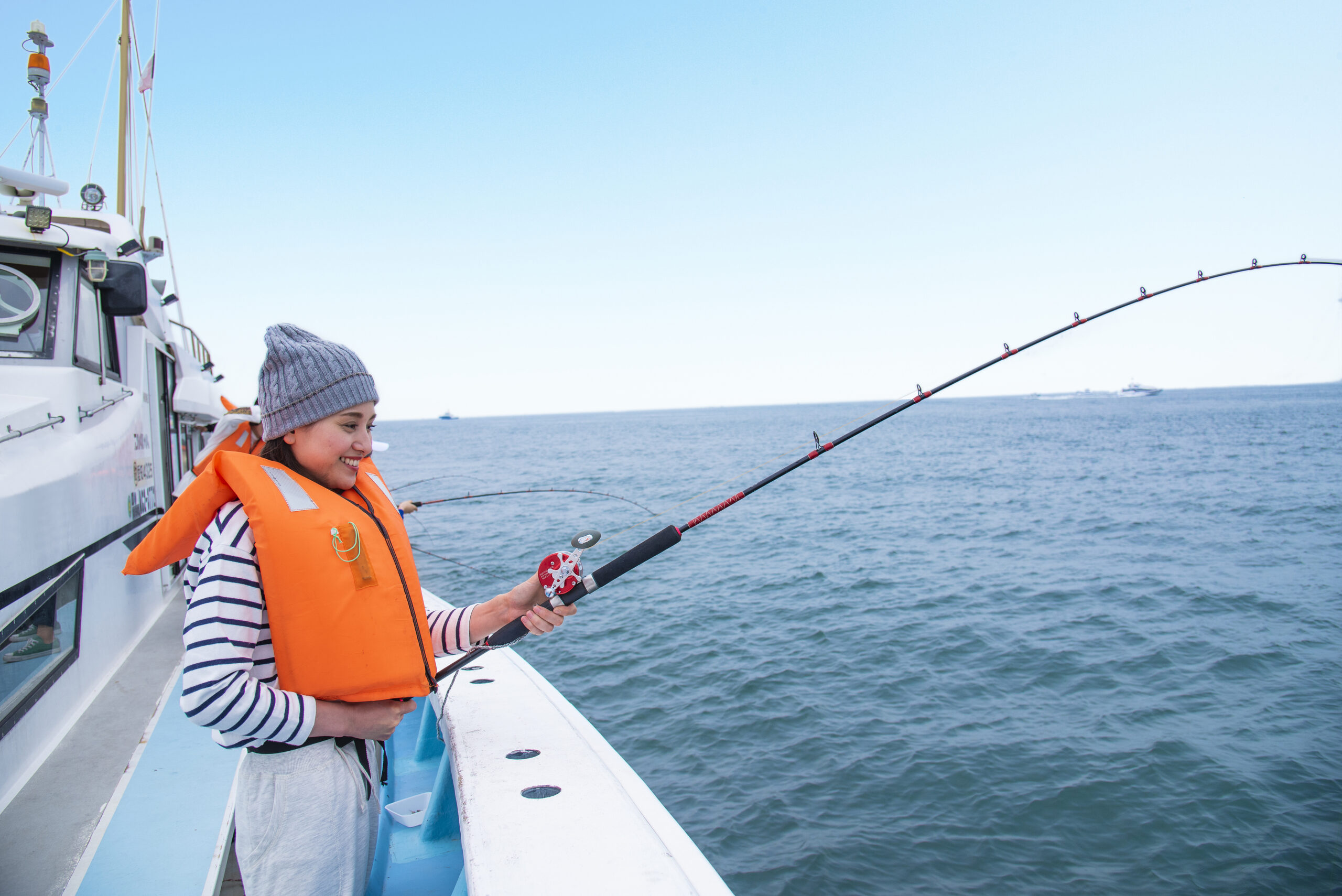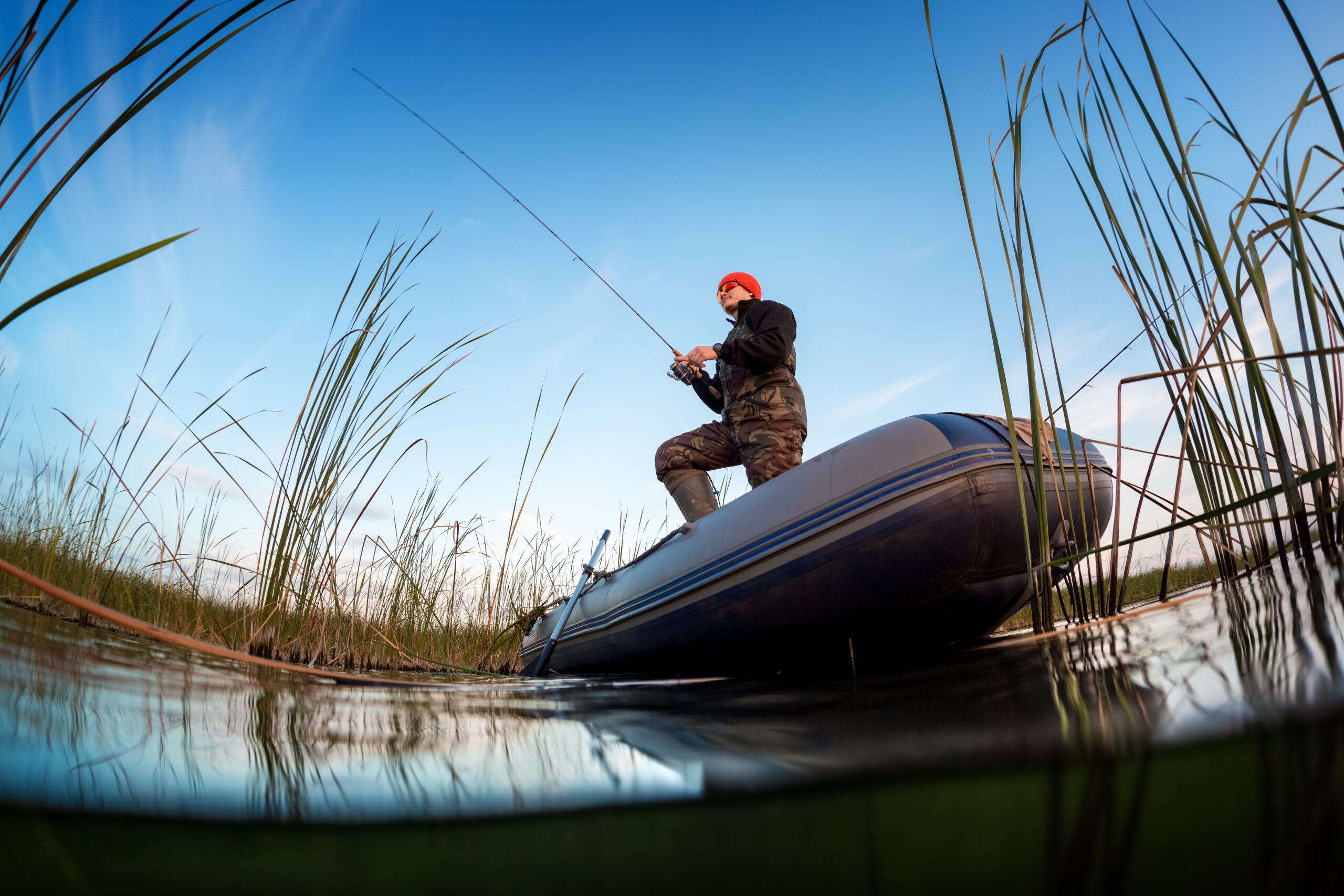For anglers looking to add a new dimension to their fishing arsenal, the chatterbait is a game-changer. This versatile and highly effective lure has been making waves in the world of bass fishing for years, thanks to its unique design and ability to trigger aggressive strikes from a variety of fish species. But what exactly is a chatterbait, and how do you fish with it to maximize your success?
In this article, we’ll explore the ins and outs of the chatterbait — its design, its effectiveness, and some expert tips on how to fish it to ensure you’re catching fish all year long.
What Is a Chatterbait?
A chatterbait is a type of bladed jig that features a distinctive vibrating blade positioned at the front of the lure. It’s a hybrid between a jig and a spinnerbait, combining the best features of both. While the blade’s vibration and movement are similar to a spinnerbait, the chatterbait’s design allows it to create a unique “chattering” sound that attracts fish.
The basic components of a chatterbait include:
- Bladed Jig Head: This is the main body of the chatterbait, often made of lead or another heavy metal. It’s designed to help the lure sink quickly and maintain contact with the bottom.
- Vibrating Blade: Positioned in front of the jig head, this blade moves erratically through the water as the bait is retrieved, creating a distinctive vibration or “chatter.”
- Skirt: Like a spinnerbait, a chatterbait typically features a colorful, silicone or rubber skirt that adds to the lure’s overall appearance. The skirt mimics the look of a baitfish’s tail and can make the lure even more enticing.
- Hook: The hook is typically exposed and is the part of the chatterbait where the fish will bite.
What sets the chatterbait apart from other lures is its vibrating action and its ability to displace water, creating both sound and visual stimuli that attract fish from a distance. It’s known for being particularly effective on bass, but it can also be used to target other species, such as pike, muskie, and even walleye.
How to Fish a Chatterbait
Fishing with a chatterbait is relatively straightforward, but there are a few key techniques and tips that can help you increase your chances of success. Here’s a step-by-step guide on how to fish a chatterbait effectively.
1. Choose the Right Chatterbait
Before you even cast your line, it’s important to pick the right chatterbait for the conditions you’ll be fishing in:
- Blade Size: Smaller blades create a subtler vibration, while larger blades produce a more aggressive, louder chatter. For clear water, a smaller blade may work better, whereas in murkier water or when you need to attract fish from greater distances, a larger blade can help.
- Color Selection: The color of your chatterbait’s skirt should match the forage that bass are feeding on in the area. For example, a white or shad-colored chatterbait works well when fish are targeting small baitfish, while dark colors like black or blue can be effective for night fishing or when bass are feeding on crayfish or worms.
- Skirt Type: The skirt can also play a role in your success. Some anglers prefer a longer, fuller skirt for a larger profile, while others may use a more compact skirt for a subtle presentation.
2. Cast and Retrieve
Once you’ve selected your chatterbait, it’s time to cast. Here are the key elements of a proper chatterbait retrieve:
- Cast: When casting a chatterbait, aim for areas where fish are likely to be hiding, such as submerged structures, weed lines, drop-offs, or points. You’ll want to get the lure to sink to the desired depth quickly.
- Retrieve Speed: The retrieve speed is crucial for triggering bites. A steady, moderate retrieve is often the most effective, but varying the speed and rhythm can help determine what works best. Start with a steady retrieve and experiment by speeding up or slowing down to see what the fish prefer.
- Rod Position: Keep your rod tip low and pointed towards the water, which will help keep the chatterbait close to the bottom where fish are likely to be. If you’re fishing in shallow water, you can experiment with faster retrieves or raising your rod tip to keep the bait higher in the water column.
- Vary the Retrieve: You can also experiment with popping the chatterbait (a quick, sharp jerk) to mimic a wounded baitfish or vary your retrieve with short pauses. This erratic movement is often what triggers a fish to strike, especially when the water is colder, or the fish are more lethargic.
3. Fishing Techniques for Specific Conditions
Chatterbaits can be highly effective in various fishing conditions, and understanding how to adapt your technique to match the situation is key.
- Weedless Fishing: Chatterbaits are excellent for fishing in heavy cover such as grass or brush. The vibrating blade helps you cut through the weeds, and the lure’s design allows it to maintain movement without getting bogged down. When fishing in weedy areas, use a steady, slow retrieve to let the chatterbait glide through the vegetation and over submerged structures.
- Deep Water Fishing: When fishing deeper water, a slower retrieve works best. Allow the chatterbait to sink to the bottom and then retrieve it with a slow, steady motion. The blade will produce vibrations that will attract fish from deeper depths.
- Cold Water: In colder water, bass tend to be more sluggish. A slower, more deliberate retrieve works best in these conditions. You can also try a technique known as “yo-yoing,” where you drop the chatterbait to the bottom and then rapidly lift it up before letting it sink again. This erratic movement often mimics a baitfish struggling, which can entice bass to bite.
- Clear Water: In clearer water, a smaller, more subtle blade and natural colors can work better. You’ll want to fish the chatterbait at a moderate speed and allow the fish time to notice the subtle vibrations.
4. Strike Detection and Hook Setting
When fishing with a chatterbait, it’s important to be vigilant about your strike detection. As the lure vibrates through the water, it’s easy to miss the initial bite, so be sure to keep your line taut and your rod tip sensitive.
When you feel a thump, a sudden tug, or an odd stop in the retrieve, it’s time to set the hook. A solid, firm hook set is important to ensure the fish doesn’t spit the hook, especially if you’re fishing in weedy or murky waters where the fish can easily escape.
Why Use a Chatterbait?
The chatterbait’s unique action and versatility make it an exceptional choice for catching a wide variety of fish. It’s especially effective for targeting largemouth bass, which are known for their aggressive feeding habits. The vibration from the blade creates both sound and visual appeal, attracting fish from a distance, while the erratic movement mimics the behavior of an injured or fleeing baitfish — a key trigger for predators.
Additionally, its ability to fish in both shallow and deep water, through vegetation, and in varied conditions makes it an excellent all-season tool for anglers. Whether you’re fishing in clear or murky water, warm or cold temperatures, the chatterbait can adapt to almost any fishing scenario.
Final Thoughts
The chatterbait is a dynamic and incredibly effective lure that can take your fishing game to the next level. Its ability to create a unique vibration, combined with its versatility in different environments, makes it an essential addition to any angler’s tackle box. By selecting the right chatterbait, experimenting with different retrieves, and fishing it in the right conditions, you’ll be able to target bass and other fish species more effectively and increase your chances of success on the water.
So, next time you’re out on the water, don’t forget to give the chatterbait a try — it might just be the lure you’ve been looking for to reel in that next big catch.


